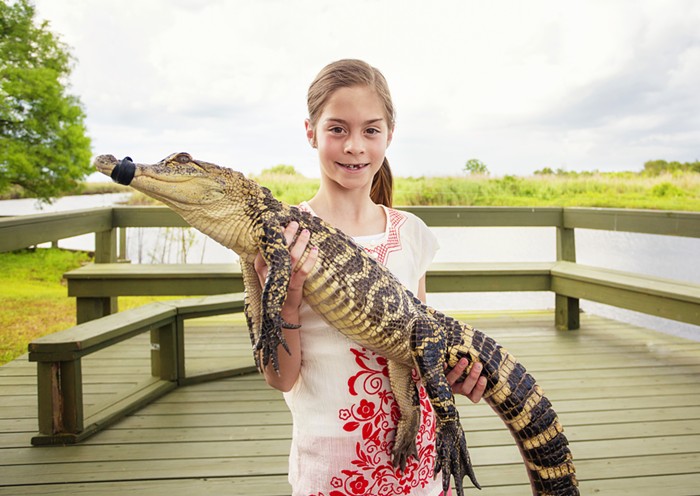
Good biographies don’t traffic in hyperbole, and that’s certainly the case with James Campbell’s concise, easygoing The Art of Winnie-the-Pooh: How E.H. Shepard Illustrated an Icon. So I’ll throw out some hyperbole of my own: No illustrator of children’s books captured our imaginations with the effectiveness and indelibility that Ernest Shepard did in his illustrations for the works of A.A. Milne. When you think of any of the four books the pair collaborated on between 1924 and 1928—When We Were Very Young, Winnie-the-Pooh, Now We Are Six, and The House at Pooh Corner—it’s likely Shepard’s drawings leap to mind before Milne’s stories or verse do.
Campbell’s book is not a definitive biography of Shepard, a prolific illustrator whose work appeared in the pages of Punch magazine for most of his career (his other great contribution to children’s literature is his illustration of an edition of Kenneth Grahame’s The Wind in the Willows, a text Milne also used for his play Toad of Toad Hall). But it provides an effective overview of Shepard’s life and career, including sketches from periods throughout his life, like a fantastic one he drew as a young boy of soldiers near Aldershot—clearly indicating the future trajectory of his talent. The numerous sketches for the Milne books reveal the forethought and revision that went into their design.

Shepard and Milne, although never close friends, had an unprecedented collaboration. They worked in tandem, integrating illustrations into the layouts of the texts themselves, as opposed to the illustrator dropping in his contributions at random intervals into the book, often not even on the corresponding page, as was the custom at the time. While Milne drew written inspiration from his son Christopher Robin and his menagerie of stuffed pets, Shepard’s visual models were of his own son, Graham, and Graham’s teddy bear Growler, rather than Christopher Robin’s actual Winnie-the-Pooh, which was deemed too rough and angular for the illustrations.
Campbell’s book, in its understated way, makes a case for Shepard as one of the greatest children’s illustrators of all time, and one could extrapolate that Shepard provided the bridge from the era of pioneers like Howard Pyle, Arthur Rackham, and N.C. Wyeth to the less severe, more child-friendly work of artists like Dr. Seuss and Maurice Sendak. That Shepard’s work has been merchandized, plagiarized, and (quite literally) Disney-fied, and still retains the full bloom of its initial charm, only speaks to its gentle power.














